#Natural Pool
Text



Seven Tubs Natural Area • Rockslide & Pool
#personal#mine#adventure#adventures#seven tubs#seven tubs natural area#natural pool#natural water feature#water slide#rock slide#nature#naturecore#forest#woods#outdoors#wilkes barre#bear creek
21 notes
·
View notes
Photo




Faial Island, Azores
Instagram | Prints
#azores#faial#faial island#portugal#europe#travel#explore#adventure#nature#ocean#hike#hiking#natural pool#mountain#road trip#travel photography#fujifilm#outdoors
890 notes
·
View notes
Text


by David Bartus
#the top photo looks like a family of raccoons lives there😂#also#loveeee the light and shadows here#nature#photography#green#plants#water#landscape#sunlight#shadows#moss#mossy#stream#pool#natural pool#rocks#cave#forest#woods#nature photography#1k
1K notes
·
View notes
Text

starting a vg water stream right now!! 🌊🌊🌊
84 notes
·
View notes
Text
Magical moments 🌊🤗💚 !.
#Away#Mood#Vibes#magic#Moments#downfalldestiny#downfall#life#Pool#natural pool#magic destinations#magical world#magic moments#Swim#Forest#Mountains#Antalya#Serik
104 notes
·
View notes
Text
My roman empire is how back in 2018, I went into a natural pool by the ocean wearing jewellery (a necklace my parents gave me when i was a baby, a silly pandora crown ring right hand and a cheap pearl ring from primark left hand) and I sat on the ledge of the natural pool. Like I normally did. Coincidentally that was also the one and only time that the tide turned rough and knocked me. I fell into the actual ocean and almost drowned.
I remember actively fighting to stay afloat. I just kept getting hit with waves to the face, the closer i got to the ledge of the natural pool the more tired i got. But i kept trying to get to the ledge, no joke you guys, I felt both of my rings slip off my hands and suddenly I wasn’t drowning anymore. The tide calmed and I easily got back up on the ledge.
Needless to say, I have not gotten in the water with jewellery again. I was CONVINCED that the mermaids or sirens saw the jewellery and had to have it. Everyone kept telling me that it was just sheer bad luck and to not sit on the ledge anymore. But that didn’t sit right with me and so I held onto the memory, even journalled about it a few times.
Fast forward to 2023 when I stumbled across this tiktok. I still go back to the tiktok quite often AND for real this was my reaction:

Now, anytime I go to the ocean I’m careful as to what I’m wearing, I leave the mermaids and sirens little offerings. And talk to them a bit.
Makes me feel at home y’know? It’s like a massive groupchat with Lady Aphrodite, mermaids and sirens. I love it.
Moral of the story: don’t get into the ocean with shiny glittery things and if you absolutely have to, you should leave the girlies an offering
#mermaids#sirens#offering#lady aphrodite#aphrodite devotion#aphrodite goddess#aphrodite#aphrodite devotee#they just wanted those trinkets y’know#and they are so real for that#ocean#natural pool#haitain folklore
27 notes
·
View notes
Text

Sir Arthur Ernest Streeton (1867–1943) - The Pool of Venus, 1920, oil on canvas
#Arthur Streeton#Sir Arthur Ernest Streeton#Australian artist#bathing#natural pool#nature#Australian landscape#1920s#1920#Australian bush#impressionism#Australian impressionist
77 notes
·
View notes
Text
Take me here. 👆👆👆
9 notes
·
View notes
Photo

Pescante de Hermigua
La Gomera, Canary Islands (Spain)
@gomavic1
#la gomera#canary islands#islas canarias#canarias#canaries#water#sea#ocean#natural pool#spain#travel#wanderlust#nature#landscape#seascape#island#europe#hermigua#hermigua natural pool#hermigua pool#drone photography#drone
138 notes
·
View notes
Text
Purifying Water – For Ourselves, and Every Other Creature
When it comes to water, most people’s immediate concern is whether it is clean. A valid point for sure. But what do we actually mean by “clean”? Is it safe to drink? Or suitable for washing our bodies, clothes, and dishes? Or do we mean that it’s not contaminated in a way that would kill our plants if we poured it on them? Because there is a world of difference between each of these levels of “clean”.
image source
Discussing Dirty Water to Define Clean Water
To talk about the purity of water, we have to identify the four types of contamination: Firstly, there are solid particles suspended in the water, which could be anything from pieces of rocks to organic matter, and even plastics. The good news here is that once the water evaporates all of these particles stay behind. Also, should they get back into the water, they can be removed easily with a filter.
The next type of pollutant is organic, such as phosphorous or nitrogen. These are the result of biological contamination from urine, manure, or decomposing bodies. While it may be not as simple to get them out as using a filter, these substances are oxidizable, meaning that they can be removed by bacteria, provided there is sufficient oxygen in the water.
A more complicated form of contaminants is microbial pollution, meaning various forms of microbial life living on organic pollution in the water. While many of these microbes are harmless to humans, some of them are pathogenic, and can cause serious or even deadly diseases to our bodies. There are a number of approaches in dealing with these contaminants, which mostly result in either killing them off, or outcompeting them.
Finally, there is the chemical form of water pollution. This involves other harmful substances in our water, such as residues from medicines, pesticides, hydrocarbons, heavy metals, etc. These contaminants are usually the result of human activity, such as industry or intensive agriculture. Because of their toxicity and low biodegradability they pose the greatest challenge to purifying water on any scale.
How Clean Do We Want Our Water To Be?
What a silly question, you might say. Of course we want our water to be 100% clean, all the time! But is that really so? For example, do you really need the water to be potable, only to flush your toilet with it? Or think about a swimming pool: It’s clean enough to swim in, but I’m sure you wouldn’t want to put it into your mouth, let alone swallow it! Also, if you ask your plants, I’m sure they’re quite happy about a bit of nitrogen and phosphorous in their water, which you in turn would not want in your drinking bottle. So I guess it’s safe to say that instead of “pure” or “clean” we should strive for “suitable” instead.

image source
Deadly Sterile, or Living Clean?
Because microbial life is so complex that most of us are not even familiar with the numerous species that are too small anyway to see with the naked eye, we tend to be overwhelmed by the mere question of which ones are good, and which are bad for us. It may therefor be the simplest approach to kill everything, as we do in chlorinating our swimming pools. But is it really the best way of getting the water clean? A bit of chlorine (another chemical poison) will not harm us, but it could be detrimental to a plant to be watered with pool water. Also, just imagine the carnage among our natural skin flora that results from a brief dip in the pool!
image source
On the other hand, imagine taking the same dip in a pristine mountain lake. The water may seem just as “clean and pure”, though it will most likely be teeming with life. Ideally, that kind of water will be good for drinking, swimming, washing, and of course watering your plants with, and may be good for fish and other living organisms to thrive in. Couldn’t we get our water to that kind of purity? Surprisingly, it’s not that difficult.

image source
Using Life to Purify our Water
To separate the solids from our water, all we need to do is imitate a filter, providing sediments of various sizes (rocks, gravel, sand, charcoal) for the water to pass through. In order to neutralize organic contaminants, microbial life is needed, along with the oxygen they rely on. Having a rich diversity of microbes is also essential for outcompeting the harmful ones. But how can we make sure that we do indeed have a vast and vibrant ecosystem on the microbial level, which we can’t even see? We simply need some other creatures that live in symbiosis with these microbes, and are big enough to see. An example are bivalves, such as mussels or oysters.
image source
Not only do these molluscs capture particles suspended in the water, and contribute to the cycling of nutrients, but they are also symbiotic with various types of microbes, just like any other creature, including ourselves. What’s even nicer about them, is that their fragile nature is a great indicator for the water’s purity. In other words, they will be killed by much less contamination than us. This means we can be sure that if the water they live in doesn’t kill them, it will be certainly safe for us too.

image source
Phyto-purification and Natural Swimming Pools
At this point I’d like to bring up some of the many practical applications to the theory of purifying our water. The simplest and most obvious one is a well designed reed-bed behind a house, to filter the household waste water. In a way, this is not much different than the gray-water planters Earthships typically utilize indoors. But can that be brought to a higher level, still? Most certainly so! Imagine various layers of filtering sediments, separate pools for aerobic and anaerobic decomposition, topped up with a mussel farm!

image source
The other popular application which may have popped into your mind are natural swimming pools. These are basins of living water, offering not only a place for humans to swim, but also a habitat for a plethora of aquatic plants and animals. In a way, it’s a simulation of the naturally pristine mountain lake I mentioned before. There are lots of great sources on how to implement one, but they all follow the basic premise of filtering the water, oxygenating it, and maintaining a vibrant ecosystem of plants and animals, to ensure an even greater diversity of microbes. All together they will provide you with water that is good and healthy, not only for you, but for all other forms of life in your ecosystem.
Sources: 1, 2, 3, 4, 5, 6, 7, 8, 9, 10, 11, 12
86 notes
·
View notes
Text

Espiritu Santo, Vanuatu
#Espiritu Santo#vanuatu#South Pacific#islands#blue#green#pool#natural pool#pols#blue water#moss#trees#plants#watercore#forest#tropical#nature photography#landscape#scenic#scenery
2K notes
·
View notes
Photo

Natural Pool, Santorini, Greece
7 notes
·
View notes
Text

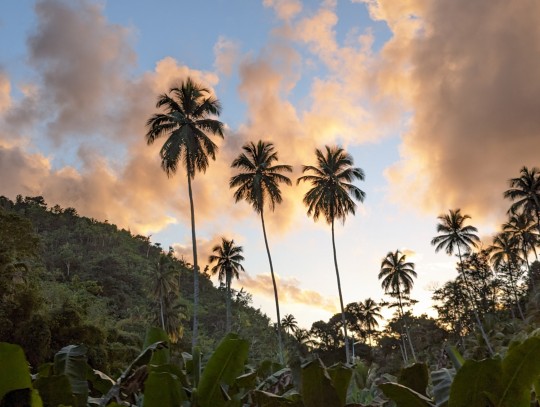


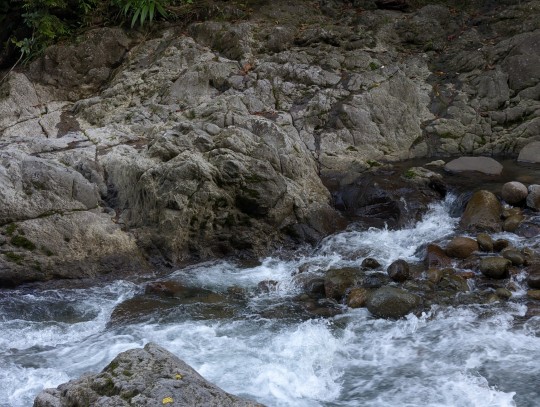



I'm here to try to live in the moment though my mind is apprehensive about the future
#dominica#natureisleofthecaribbean#nature#naturephotografie#amateur photography#river#freshwater#natural pool#riverday#adventure#night sky#stars
18 notes
·
View notes
Text
In Styria

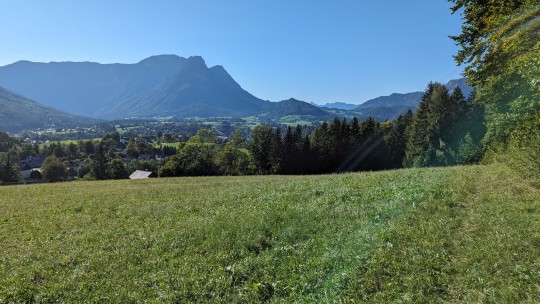



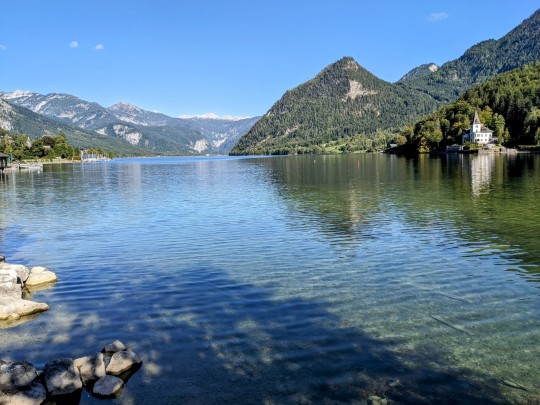
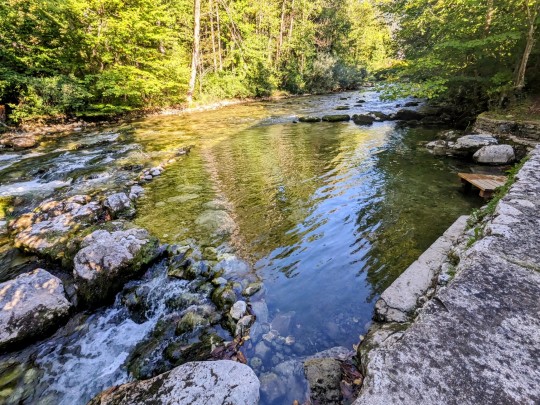
5 notes
·
View notes
Photo

Natural Pool, Maui, Hawaii
2 notes
·
View notes
